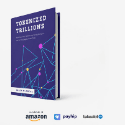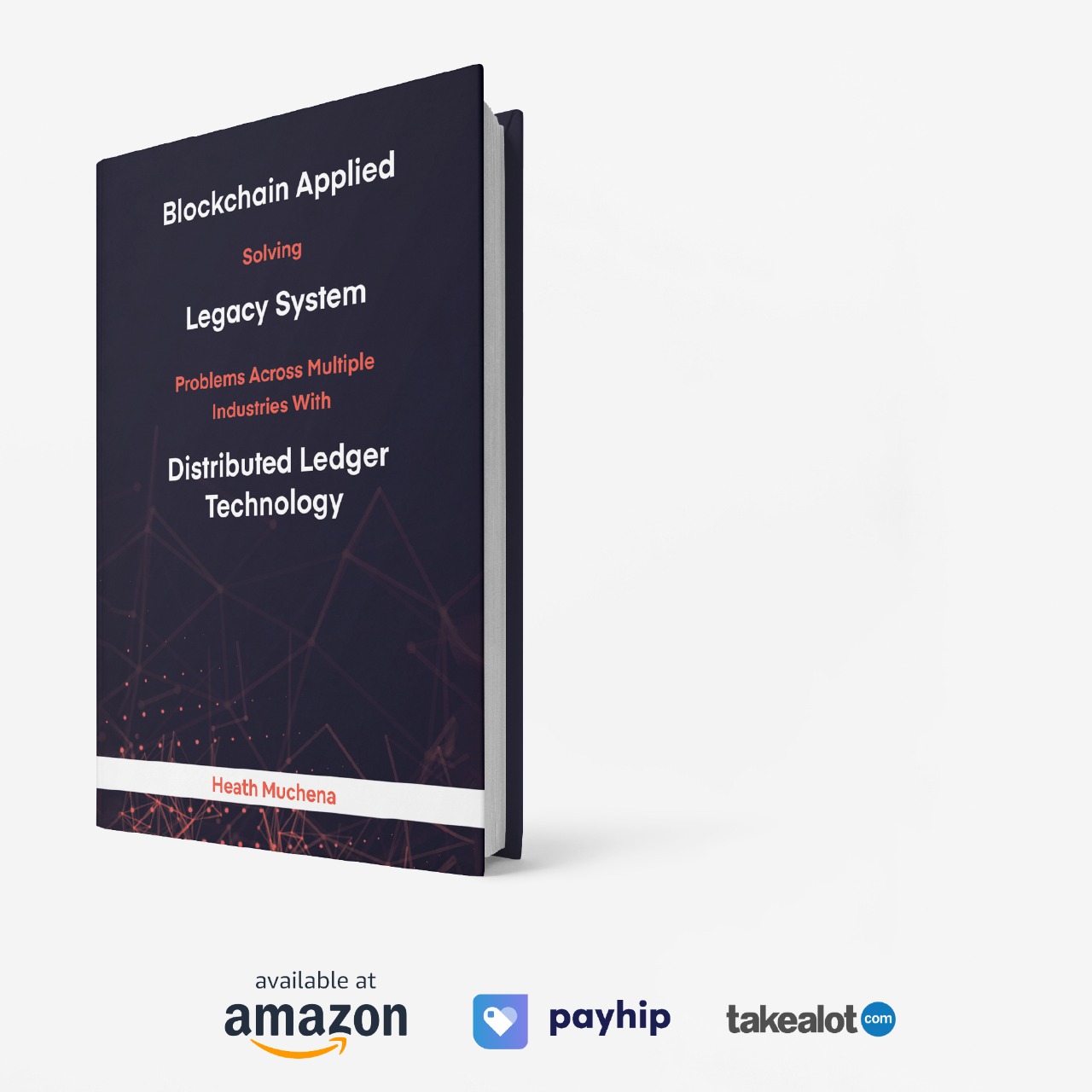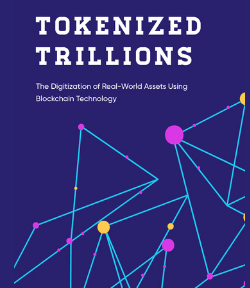
If you’ve ever wished you could invest in crypto without spending hours researching every new token, DeFi yield farm, or meme coin trend — welcome to crypto index funds.
In 2025, these “set-it-and-forget-it” portfolios are quietly outperforming most retail traders — some delivering over 278% cumulative returns since 2021, all without active management.
This is the lazy investor’s guide to building long-term wealth through crypto index investing — where automation, diversification, and DeFi infrastructure do the heavy lifting for you.
What Are Crypto Index Funds?
Crypto index funds are tokenized baskets of digital assets that track the performance of a specific market segment — like DeFi, NFTs, or the Metaverse.
Instead of buying and rebalancing dozens of tokens manually, investors hold a single index token (like DPI, MVI, or NFTI) that automatically adjusts based on market conditions.
These products are powered by decentralized protocols like Index Cooperative and PowerPool, offering exposure to curated themes without trading stress.
Index Performance Comparison (2024–2025)
| Index | Focus | 12-Month Return (Approx.) | Top Holdings |
|---|---|---|---|
| DeFi Pulse Index (DPI) | Blue-chip DeFi (Aave, Uniswap, Lido) | +162% | AAVE, UNI, MKR, LDO, CRV |
| NFT Index (NFTI) | NFT ecosystem protocols | +94% | BLUR, RARI, LOOKS, XMON |
| Metaverse Index (MVI) | Virtual world + gaming tokens | +278% | MANA, SAND, RNDR, AXS, ILV |
The Metaverse Index has been the surprise star, benefiting from renewed AI and gaming hype, while DeFi Pulse Index remains the most stable performer over multiple cycles.
The Rebalancing Factor: Daily vs. Monthly vs. Quarterly
Rebalancing — the process of adjusting weights between tokens — significantly impacts returns and volatility.
-
Daily Rebalancing: Tracks market changes closely but increases gas fees and slippage costs.
-
Monthly Rebalancing: Balances responsiveness with efficiency, ideal for volatile sectors like DeFi.
-
Quarterly Rebalancing: Reduces costs and taxes but may lag during fast rallies.
Most successful crypto index protocols opt for monthly or rules-based rebalancing, ensuring investors capture momentum without excessive on-chain churn.
Expense Ratios & Fees
Crypto index funds still carry management fees — typically to pay smart contract gas, strategy design, and maintenance costs.
| Index Provider | Management Fee | Frequency | Model |
|---|---|---|---|
| Index Cooperative | 0.95% | Monthly | DAO-governed, community-driven |
| NFT Index | 1.5–2.5% | Dynamic | Higher cost, smaller niche funds |
| TokenSets (deprecated) | ~1% | Automated | Includes gas + platform overhead |
While 1–2% might seem steep compared to ETFs, it’s far lower than the hidden trading costs of manual DeFi investing.
Why Crypto Index Funds Work
-
Diversification Without Complexity: Exposure to 10–20 tokens with one purchase.
-
Hands-Free Portfolio Management: Automated rebalancing based on smart contracts.
-
Lower Emotional Risk: No FOMO trading or panic selling.
-
Thematic Exposure: Choose your narrative — DeFi, Metaverse, AI, NFTs, or RWA.
-
Composability: Use index tokens as collateral in lending or yield strategies.
In short — you invest once, and the index evolves with the market.
Where to Buy Crypto Index Funds
The easiest way to get started is through platforms that tokenize and automate crypto index investing.
Crypto index funds are the simplest way to earn market-level returns in a space known for chaos and volatility. Whether you believe in the Metaverse boom, the DeFi comeback, or the NFT revival, there’s an index token that tracks your conviction.
As of 2025, investors who chose automation over obsession — and held through cycles — are the ones quietly sitting on triple-digit gains.
👉 Get started today with Index Cooperative and let your crypto portfolio rebalance itself while you sleep.






